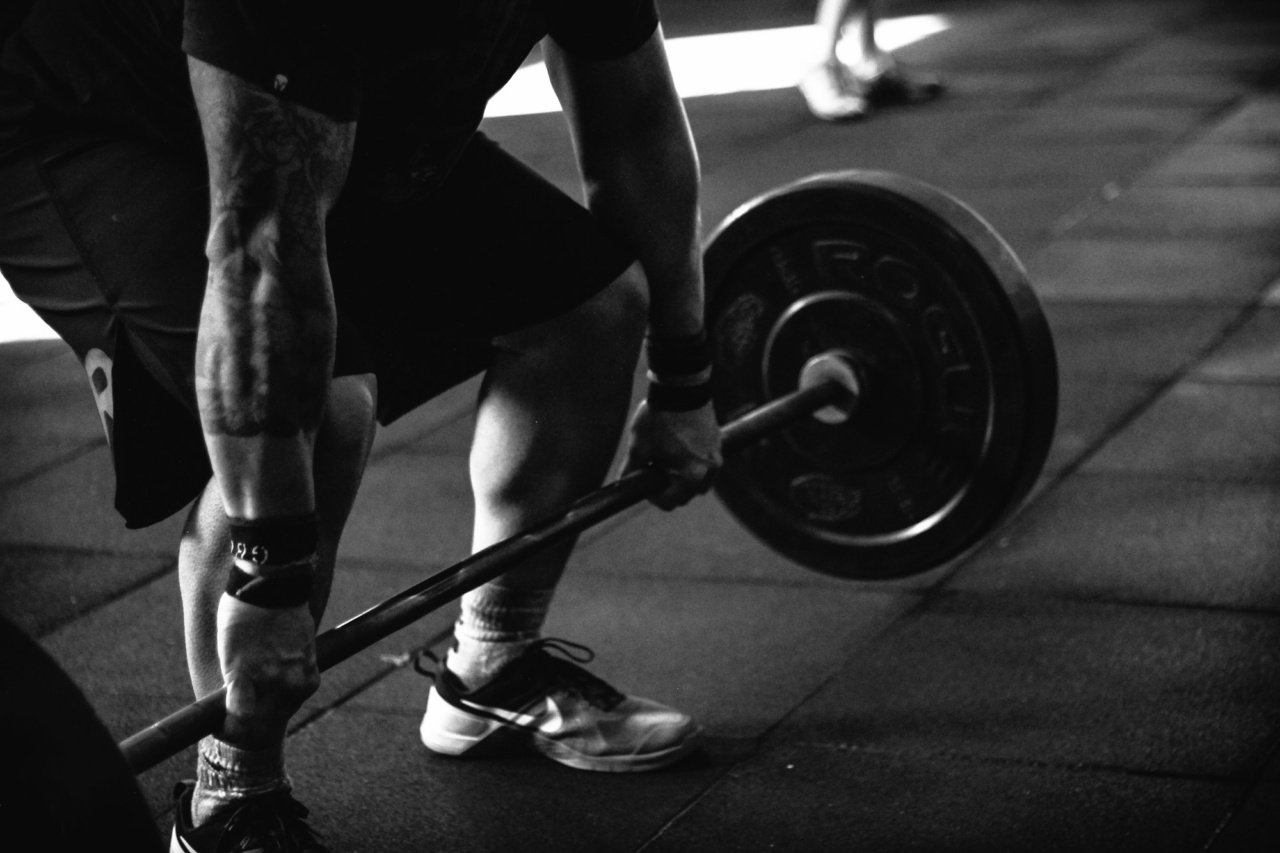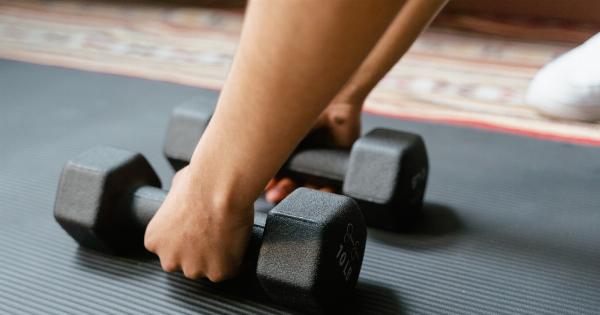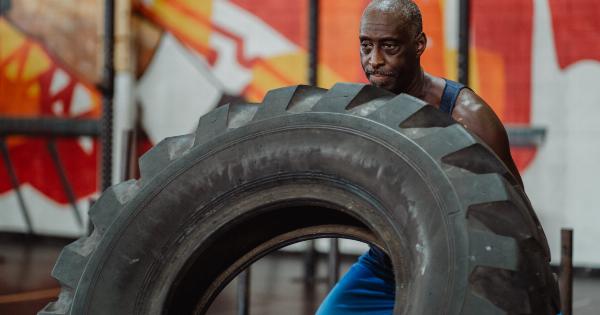Strength training and muscle mass preservation are crucial components of maintaining overall health and fitness. However, many people struggle with preserving muscle mass, especially as they age.
Fortunately, there is a strong hormonal connection between strength training and muscle preservation. By understanding this connection, individuals can develop effective strategies for preserving muscle mass and maintaining strength over time.
The Importance of Muscle Mass Preservation
Muscle mass plays a critical role in overall health and wellness. Not only does it help support physical strength and endurance, but it also contributes to metabolic health, immune function, and even cognitive function.
As we age, muscle mass naturally begins to decline, which can contribute to a range of health issues, including decreased mobility, increased risk of falls, and impaired glucose metabolism.
Fortunately, strength training has been shown to be an effective way to preserve muscle mass and reduce the negative effects of aging.
By engaging in regular strength training, individuals can help maintain muscle mass and improve overall health outcomes.
The Hormonal Connection
One of the key ways that strength training contributes to muscle mass preservation is through its impact on hormones.
Specifically, strength training has been shown to increase the production of certain hormones that are essential for maintaining muscle mass.
Testosterone
Testosterone is an important hormone for both men and women, but it is especially critical for men in terms of muscle mass preservation. Testosterone helps to stimulate protein synthesis, which is essential for building and maintaining muscle mass.
Studies have shown that engaging in regular strength training can help to boost testosterone levels, which in turn can help to augment muscle mass over time.
Growth Hormone
Growth hormone is another hormone that plays a critical role in muscle mass preservation. Like testosterone, growth hormone helps to stimulate protein synthesis and muscle growth.
Research has shown that strength training can help to increase growth hormone levels, which can contribute to greater muscle mass and improved overall health outcomes.
Insulin-like Growth Factor-1 (IGF-1)
Insulin-like growth factor-1 (IGF-1) is another hormone that is closely related to growth hormone. IGF-1 works to stimulate protein synthesis and promote muscle growth.
Studies have shown that strength training can help to increase IGF-1 levels, which can help to preserve muscle mass and improve overall health outcomes.
Cortisol
Cortisol is a hormone that is often associated with stress. However, cortisol plays an important role in muscle mass preservation as well. Specifically, cortisol helps to break down muscle tissue in response to stress.
While this may seem like a bad thing, it is actually an important part of the muscle growth process. When muscles are broken down during strength training, they go through a process of rebuilding and repair, which ultimately leads to greater muscle mass over time.
The Importance of Nutrition
In addition to engaging in regular strength training, proper nutrition is also essential for muscle mass preservation. Specifically, individuals who are looking to preserve muscle mass should pay close attention to their protein intake.
Protein is essential for building and maintaining muscle mass.
Studies have shown that individuals who consume high-quality protein on a regular basis have greater levels of muscle mass and strength than those who consume low-quality protein or inadequate amounts of protein altogether. When combined with strength training, a high-protein diet can help to boost muscle mass and improve overall health outcomes.
Conclusion
Strength training and muscle mass preservation are essential components of maintaining overall health and wellness.
By understanding the hormonal connection between strength training and muscle preservation, individuals can develop effective strategies for preserving muscle mass and improving overall health outcomes. By engaging in regular strength training, paying attention to nutrition, and focusing on hormonal balance, individuals can help to promote greater muscle mass and improved health over time.




























